Teachers: Mrs Lumsden, Miss Wood, Mrs Watson and Mr Lumsden
27/03/2019
We’ve arrived!
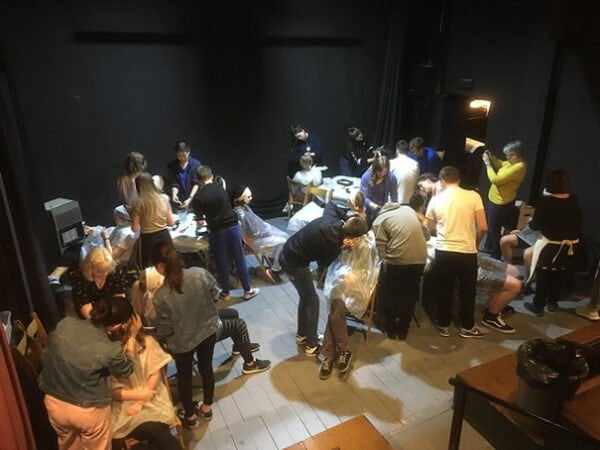
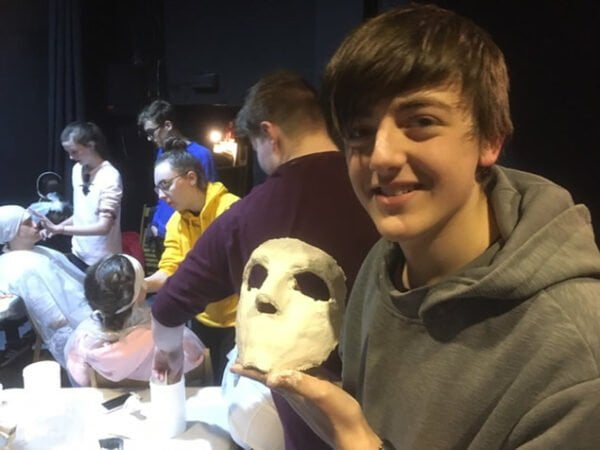
After a very early start our Classics trip to Athens has arrived safely, and have gone straight into a Greek Theatre and Mask Making workshop. Follow this blog for more updates on the group’s tour of key classical Greek sites over the next four days.
28/03/2019
Visiting UNESCO World Heritage sites.
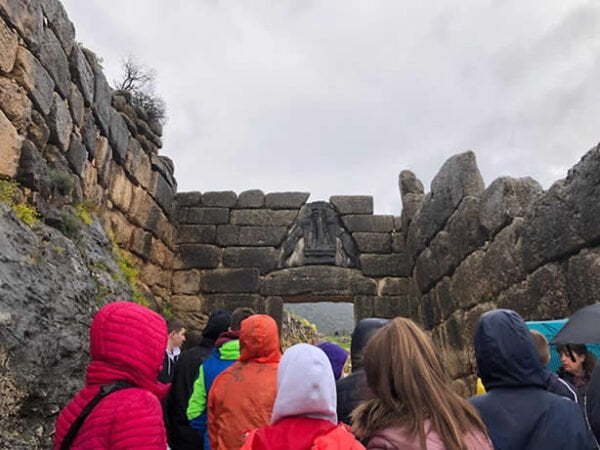
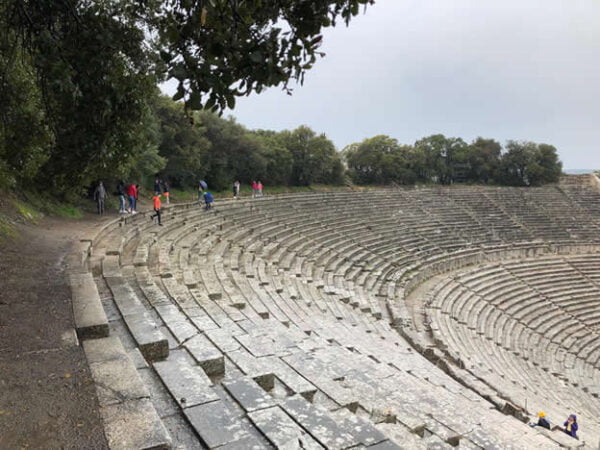
Ticking off two UNESCO World Heritage sites in one day required organisation and a 6.30am alarm call. Our first stop was the Treasury of Atreus (aka the Tomb of Agamemnon) at Mycenae. A vast tholos tomb, its beehive-shaped structure is over 3000 years old, and it is still in remarkable condition. Despite being soaked by the torrential rain outside, the pupils listened intently to our local expert guide as she explained how the structure is believed to have been built, although how the 120 tonne lintel stone was lifted into place beggars’ belief.
A short drive up the road took us to the main Bronze Age settlement at Mycenae. Excavated in the 19th century, it is home to the oldest relief monument in Europe, the splendid Lion Gate, as well as two large stone circle burial plots. Unfortunately, the apparently commanding views were obscured by low cloud, and shelter was taken inside the well laid-out Museum, which contained many original pieces from the site and which provided primary evidence of everyday life in antiquity, including bronze items which had survived the ages.
About 30 miles away, and around 1000 years forward in time, our next stop was Epidaurus, the birthplace of Asclepius, the God of Medicine and Healing. Here, at his eponymous temple and sanctuary, the Greeks would come for holistic therapies, seeking cures for their ailments. Original medical implements from the tomb of a physician were on display, as well as stone tablet gifts from patients, describing their treatments and subsequent cure. Then, after a short walk up some steps and through the trees, we came upon the imposing theatre. The pupils were amazed by its size (it still seats 14,000 at performances during its summer season) and its exceptional acoustics – standing at its focal point, the spoken word carried naturally to the very top row, although their rendition of “Will Your Anchor Hold” to test out the acoustics was met with a disapproving whistle blast from the warden!
After drinking in the culture all day, it was time for a very late lunch stop in the pretty coastal town of Napflio. The usual burgers, pizzas and fries were consumed, but those who chose to venture a little further to the Old Town feasted instead on gyros and souvlaki; however, our paths crossed again when queuing for an ice cream!
29/03/2019
The Oracle at Delphi.
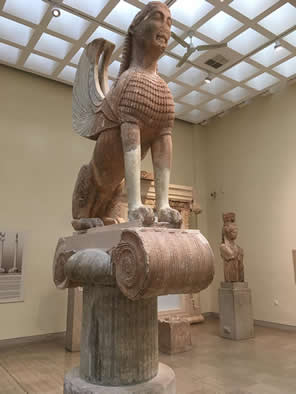
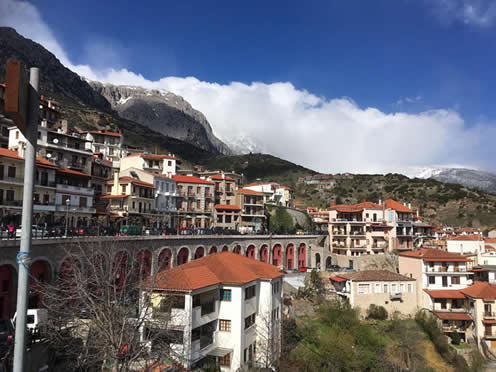
Today, two and a half hours from Athens, and two and a half thousand years before Google and Siri, crucial decisions hinged upon the interpretation of the utterances of the Pithia, or Oracle of Apollo, at Delphi, and the atmosphere here certainly suggests a place rich in mythology.
Perched on the lower slopes of Mount Parnassus, Delphi’s past was brought to life by Efe, our excellent local guide. In the Museum, we learned how evidence from the site revealed how art had developed from the archaic times to the Classical period, and her commentary along with the thousands of objects which had been excavated told a fascinating story of the activities which took place here.
Later, we snaked up the hill past the remains of many treasuries and the drama of the location was not lost upon us. It is little wonder that the Greeks thought of this as the “bellybutton” of the world.
Another late lunch followed, this time in the very pretty mountain village of Arachova. Most pupils were a little more adventurous in their menu selections, and at dinner tonight stifado (Greek stew) was an option. Now, at bedtime, our cases are packed, and we are ready to squeeze as much as we can into our last day.


